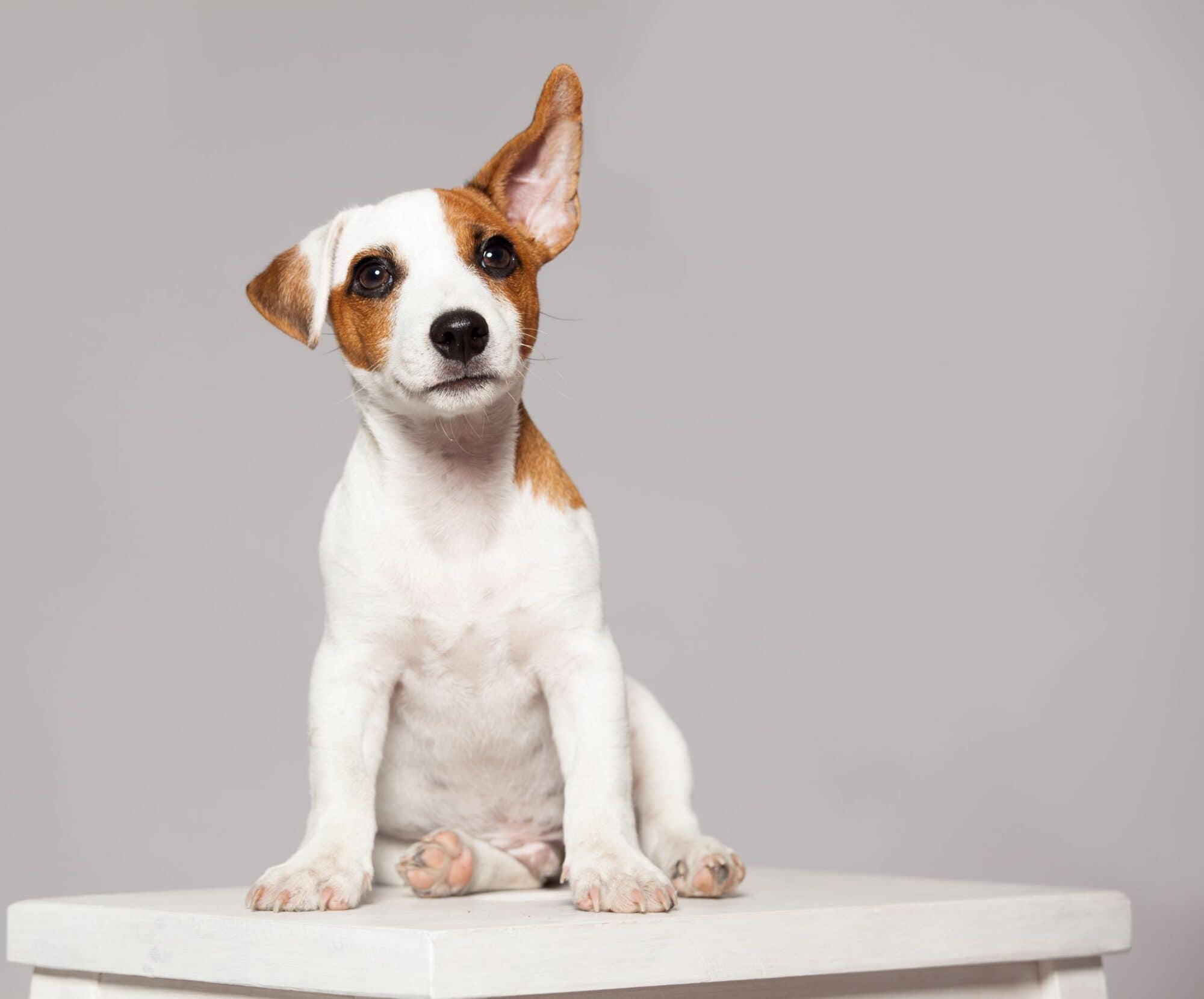Your Role in Dog Ear Care

When it comes to your dog, the ears are a pretty great asset. Floppy or pricked, cropped or natural, they are pretty adorable and oh-so-soft to rub. They do need some attention from time to time, though, and Beverly Hills Veterinary Associates wants to share everything we know about proper dog ear care for attentive pet owners.
Bits and Pieces
Before we can delve into how to care for your pet’s ears, we first have to understand a bit about what they do and why they are important.
A dog’s ear serves a few very important functions. Besides hearing, the inner parts of ears are also integral in maintaining balance and orientation. Taking good care of them can help keep your pet in tip-top shape.
The ear is made up of a few parts that the pet owner should understand. These include:
- The pinna (outer ear flap)
- The external ear canal (opening and canal leading into the ear)
- The middle ear (behind the eardrum)
- The inner ear (inside the skull)
When caring for your dog’s ear, you are focusing on the pinnae and the external ear canal. It can be difficult to even see the middle and inner ear beyond the eardrum (tympanic membrane) and problems in this area often need to be identified by things like a CT scan.
Dog Ear Care Tips
Dog ear care is honestly pretty straightforward. Paying just a little attention and time goes a long way.
Be sure to:
- Observe your pet’s ears—Take some time once or twice a week to peek at your pet’s ears. A baseline on what’s normal is a pretty powerful tool. Make a mental note about redness, soreness, odor, and any discharge.
- Get in the routine—A weekly (or more often if recommended by our veterinarians) ear cleaning session as part of normal home grooming is a great opportunity to spend time with your pet and promote good ear hygiene.
- Make cleaning easy and effective—Be sure to use a commercial ear cleaning solution to help break down wax and support a proper ear pH. Gather supplies ahead of time to set yourself up for success. Use a helper if needed and work in a well lit area of your home. Use cotton balls to gently dislodge any visible debris.
- Keep our number—If you notice changes in your pet’s ears, or if your dog seems distressed or otherwise uncomfortable, contact us for an appointment right away. Ear infections and other problems can occur despite your best efforts.
The amount of attention your dog’s ears require depends on a lot of factors. Breed, age, pre-existing ear conditions, and other health conditions like food and environmental allergies can create differences in care requirements.
Be sure to ask us during your pet’s routine wellness visits about what kind of ear care we recommend for your dog. While most dogs need a little help in this area, no two paws are the same!
